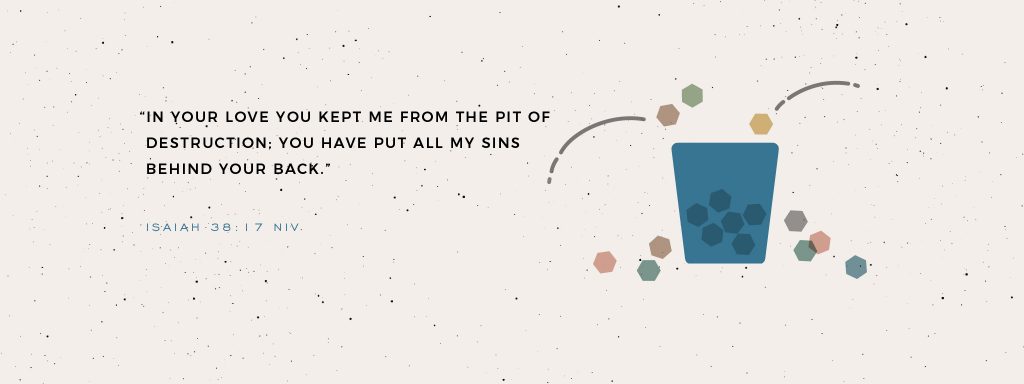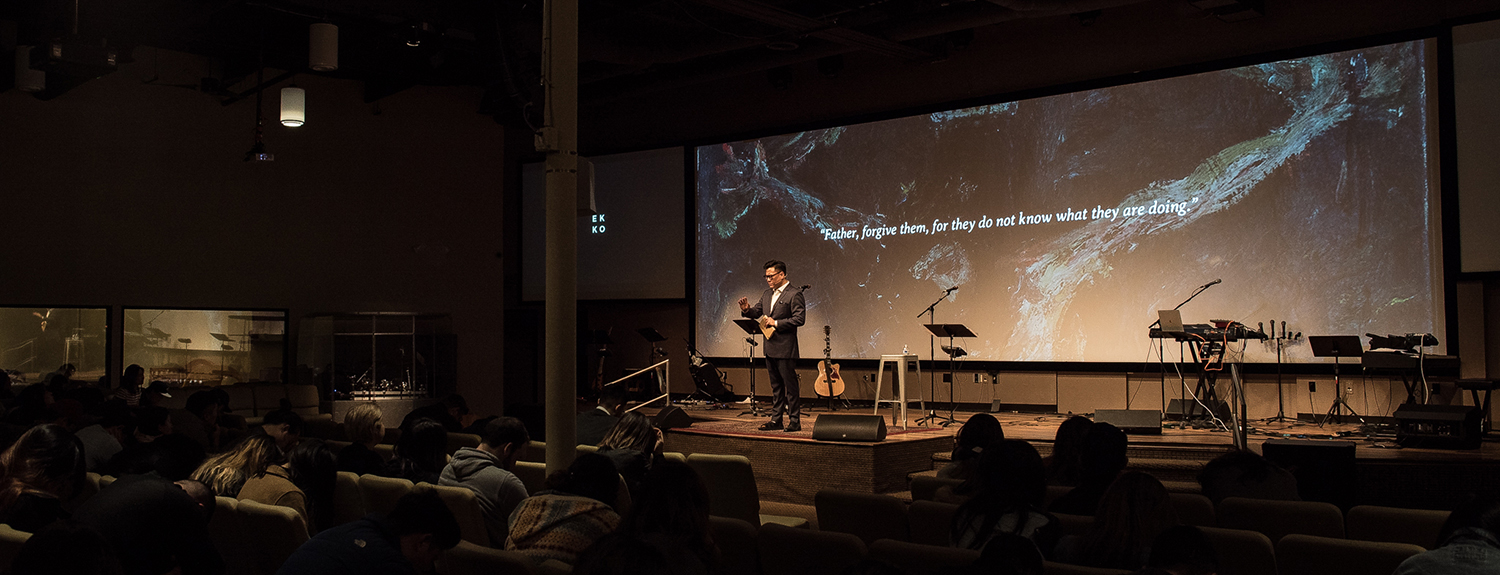Anger, when left untreated, robs us of our focus, our joy, our strength and our sense of peace. When it is left unattended and unaddressed, it usually oozes out of us in sinful behaviors or leads us to make stupid decisions.
It leaves us frustrated and full of guilt, and sometimes makes us irritable and filled with rage.
Paul writes to the Ephesians this, “In your anger, do not sin: Do not let the sun go down while you are still angry and do not give the devil a foothold…Get rid of all bitterness, rage,
In The Angry Christian: A Theology for Care and Counseling by Andrew Lester, he describes anger as the “physical, mental and emotional arousal pattern that occurs in response to a perceived threat to the self, characterized by the desire to attack or defend.”
Anger is a natural response to when:
- we are denied what we feel we are owed,
- when our desires or personhood are dismissed,
- we are put in a disadvantageous position,
- our wants are delayed,
- we feel disrespected,
- our reputation is damaged
- our sense of security or safety is in danger.
Anger is a symptom. It in it of itself is not a sin, and that is why Apostle Paul says clearly, “in your anger, do not sin.”
Most of us eventually get to a place of forgiveness, when the anger has quelled to a manageable level. Some of us even get to reconciliation or forgiveness. But the problem is that we often have casualties along the way. We make a mess, we hurt others in our anger. We end up sinning against God, others and ourselves.
This is why untreated anger can often become a problem.
Krista Tippit says, “Anger is how pain shows itself in public.”
Here are some unhealthy & sinful things we do in our anger:
Repression & Suppression | This is our attempt to avoid the pain
Andrew Lester explains, “Denial and suppression are not the answer. Anger cannot be banished from our lives, but needs to be accepted as a potential spiritual ally, learned from, and used in the service of love. Bringing the anger to conscious awareness is essential, for
Dump it on Innocent Bystanders | This is our attempt to share the pain
Lester continues, “Another common way to express anger is to dump it on an innocent object or person. A door is kicked, or a child is slapped, or a spouse is chewed out. The injustice felt by spouses, children, and partners who serve as substitute targets contribute to many broken relationships. Untold numbers of children have carried into their adult lives a wounded identity and a deep-seated rage over the injustice of being substitute targets for destructive parental wrath, whether it is expressed physically or through silence and withdrawal.”
Create a Monster out of the Person | This is our attempt to kill the pain
We create monsters of people we are angry with by slandering them, casting doubt on their intentions, ruining reputations.
Nag the Heck out of the Person | This is our attempt to control the pain
Of nagging, Lester explains, “Destructive anger in relationships can be expressed in many ways… Nagging, or “fussing,” is an attempt to force people to act in the way we want them to act. Nagging is actually an impotent expression of anger because its very use communicates the nagger’s feeling of helplessness at making the other person change behavior. Both the nagger and the “
Anger is not the problem, the problem is the problem.
Garret Keizer writes in Rebecca DeYoung’s book, Glittering Vices, this of anger: “My anger has more often distressed those I love than it has afflicted those at whom I was angry. And my anger has not carried me far enough toward changing what legitimately enrages me.”
Anger is a symptom or a sign.
So how do we not sin in our anger? How do we stop the devil from getting a foothold?

Accept and acknowledge that this anger is yours and yours alone to fix and change. As Henry Cloud advises in his book, Boundaries, we are responsible for our own feelings. We must re-embrace the boundaries in our lives and take our feelings back from others.


Pillow Fight: Take a pillow and shout into it. Yell whatever you want to say and cuss at it. This provides a cathartic expression to purge whatever is in your heart. A sense of compassion generally replaces the anger, allowing you to pray for that person. It also prevents you from slandering and dumping it on innocent bystanders.
Exam Paper: For self-examination, keep an anger journal.





Don’t slander. As Christians, we should practice the art of “charitable explanations,” as Alain de Botton writes.
“A functioning society requires love and politeness… by love I mean the capacity to enter imaginatively into the minds of people with whom you don’t immediately agree… and to look for the more charitable explanations for behavior which doesn’t appeal to you and which could seem plain wrong…”

We can let go of control because God Himself has put our sins and trespasses behind his back.

We see this beautifully expressed on the cross. As our Savior hung on the cross for our sins, He remains full of compassion.

Jesus was able to find a charitable explanation for their behavior. Forgiving them not on the basis of their merit, but in the faith of the resurrection. He did not let his anger lead him to sin.

Pray this with us this week:
Lord, in my anger,
Help me to see the pain that lies beneath.
Help me to not make a mess along the way.
Lord, in my hurting,
Help me to forgive as You have forgiven me.
Teach me to love as You love me.
Amen.
You can listen to the sermon A
More Sermons on the topic of Anger:
Don’t Be Killin’ People (Command 6)
I Don’t Need a Cain Anymore, I Can Walk!
You Look the Same, You Haven’t Changed a Bit
Don’t Gossip & Slander (Command 9, Part 1)
Thank God It’s Not All About You
I Have Been Forgiven Enough to Forgive You
All images and materials are copyright protected and are the property of EKKO Church unless otherwise noted and credited to their maker. Please do not copy or distribute without permission.
